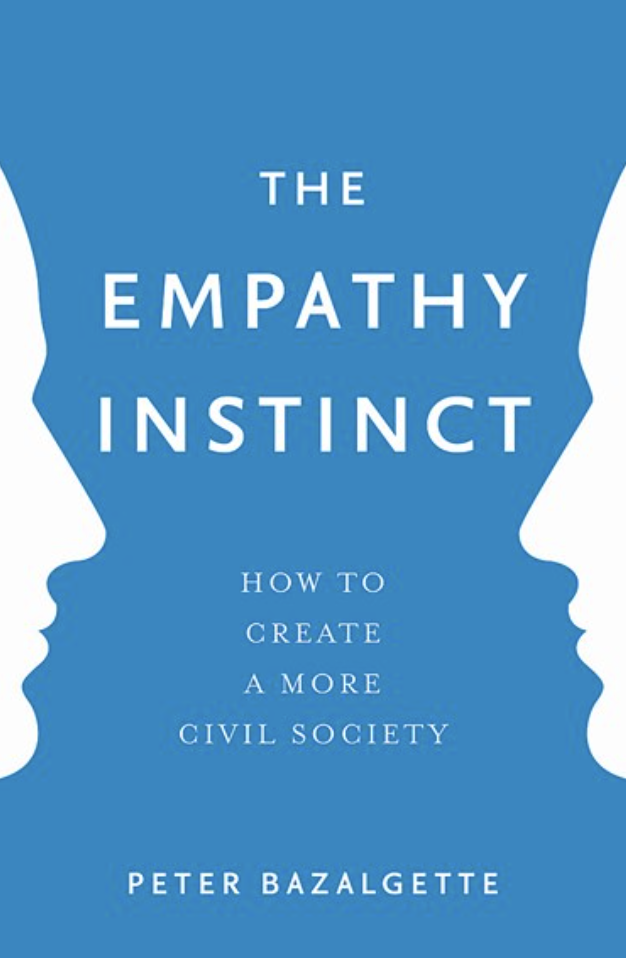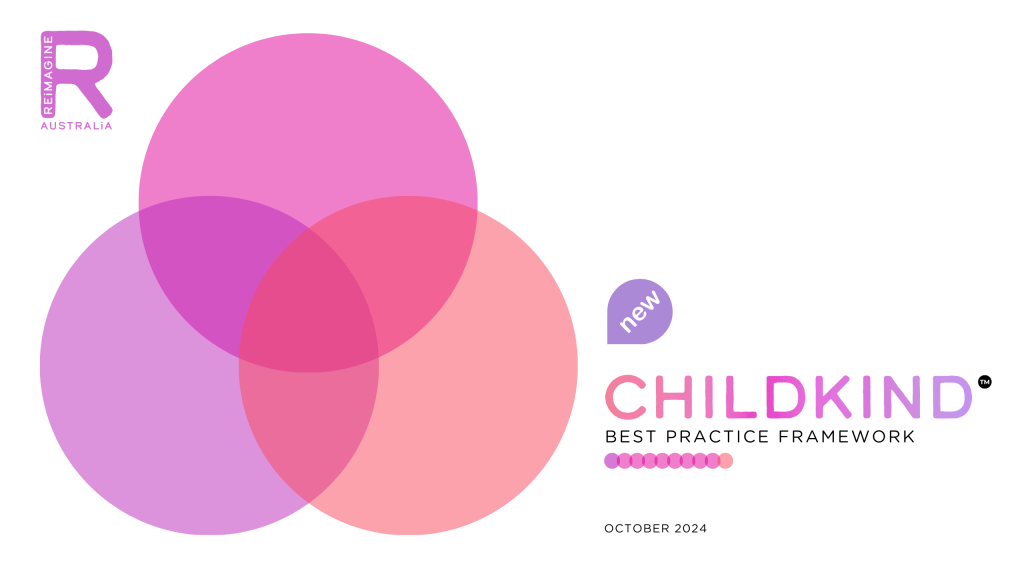CHILDKIND VALUE AND BEHAVIOUR 2
“I will take into account the thoughts, feelings, and experiences of others.”
Displaying empathy means understanding and valuing the thoughts, feelings, and experiences of children and families. For early childhood practitioners, it involves taking time to listen and respond to the needs of children with compassion and care. By displaying empathy, practitioners help build a nurturing and supportive environment where children feel seen, heard, and understood. This creates a safe space for children, especially those with disabilities or developmental differences, to express themselves and develop strong social-emotional skills. Empathy fosters trust and strong relationships between practitioners, children, and their families, which are foundational for positive developmental outcomes.
Research consistently shows that empathy plays a critical role in child development and early childhood practice. According to Hoffman (2001), empathy contributes to the development of pro-social behaviour, which is key to children’s social and emotional development. Empathy from practitioners can help children feel valued and understood, leading to better emotional regulation and social engagement.
Australian research by Dr. Louise Porter (2018) highlights the importance of empathy in creating emotionally supportive learning environments for children with disabilities. Porter asserts that empathetic practitioners are more likely to implement trauma-informed and person-centred practices, which are essential for supporting children with complex needs. The Reimagine Australia Code of Ethics also reinforces the importance of empathy, particularly Principle 1.2, which stresses the importance of responding to children’s emotional cues and needs with understanding and sensitivity.
BEST PRACTICE PRINCIPLES, CHILDKIND WAYS OF WORKING AND KEY COMPETENCIES
This value or behaviour supports the Best Practices below:
This value or behaviour supports the Ways of Working below:
The value or behaviour suports the Key Competencies below:
Reflection questions are a valuable tool for practitioners, promoting self-awareness, critical thinking, continuous improvement, and stronger relationships in their work with children and families:
How can I foster stronger, more empathetic relationships with children families facing unique challenges?
How do I balance empathy with professional boundaries while supporting children and families?
What strategies do I use to display empathy to children and families who may not communicate their feelings verbally?

A book about how the art and science of compassion can build a better society.

A helpful resource from Australia’s eSafety Commission about empathy.

This paper explores initial results from phase one of a research project examining early childhood practitioners’ (ECP) perceptions of empathy within their practice.
Empathy is the starting point for creating a community and taking action. It’s the impetus for creating change.
Max Carver
Access more information on the ChildKind Best Practice Framework with its 10 Ways of Working, 30 Key Competencies and 8 supporting Values and Behaviours here:
